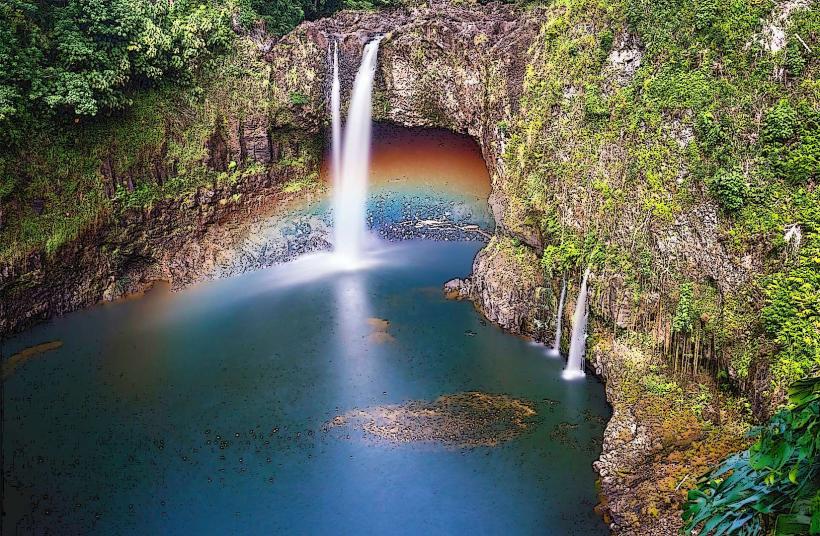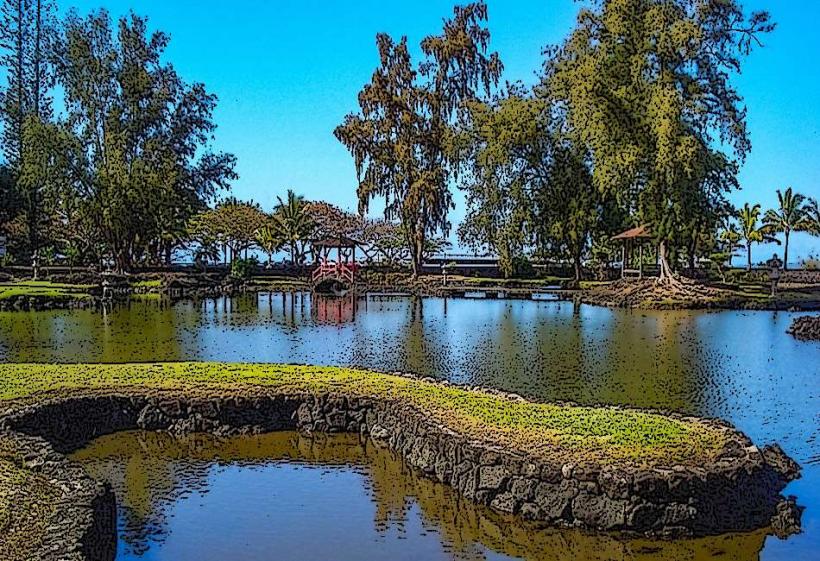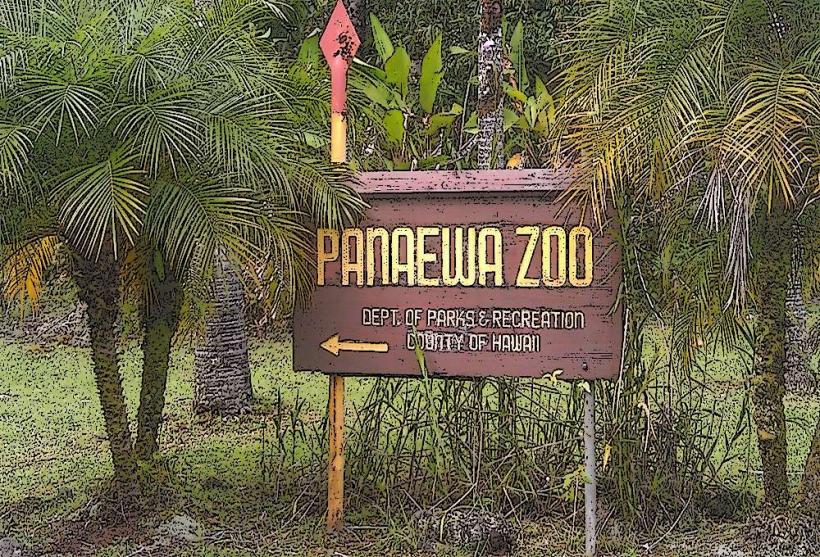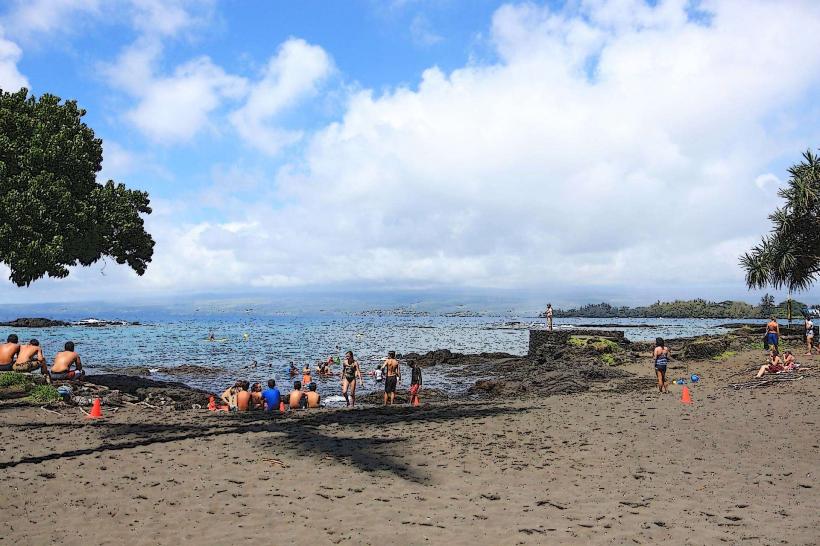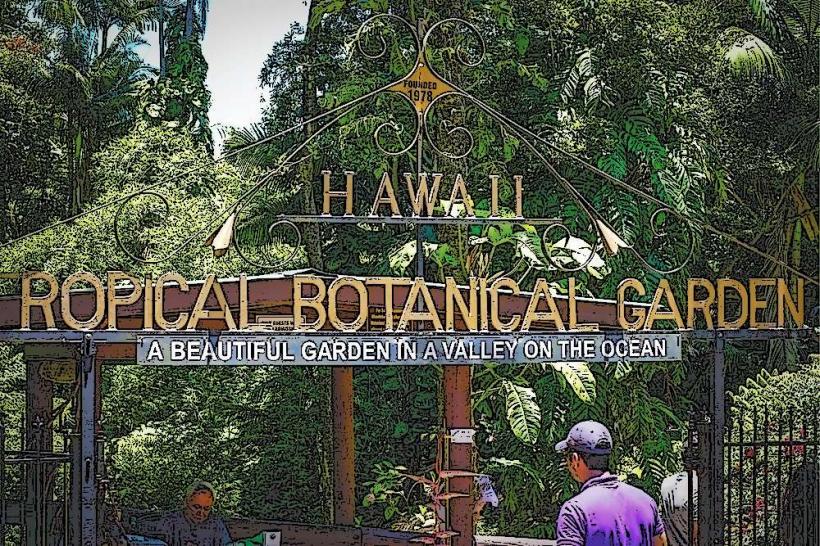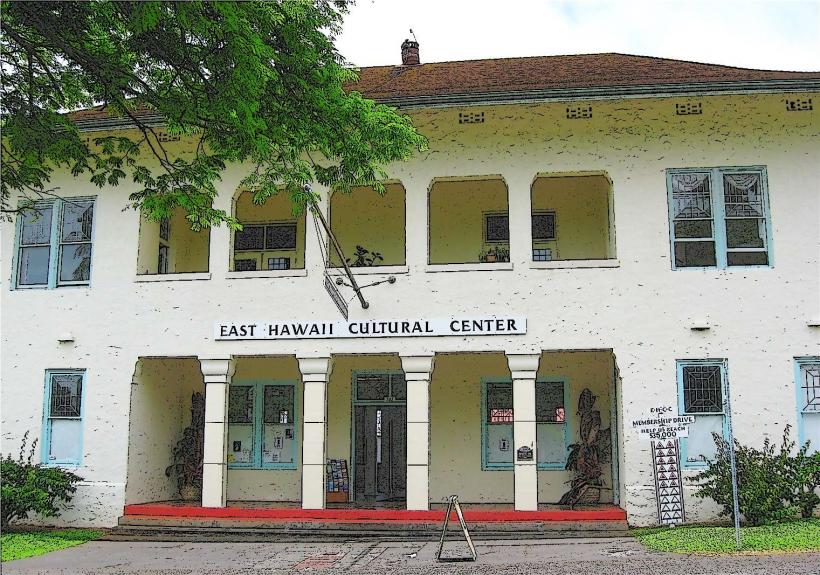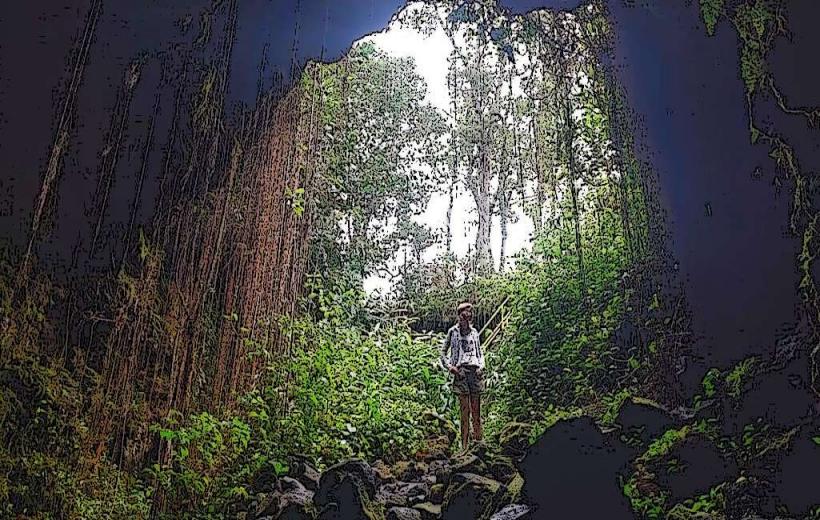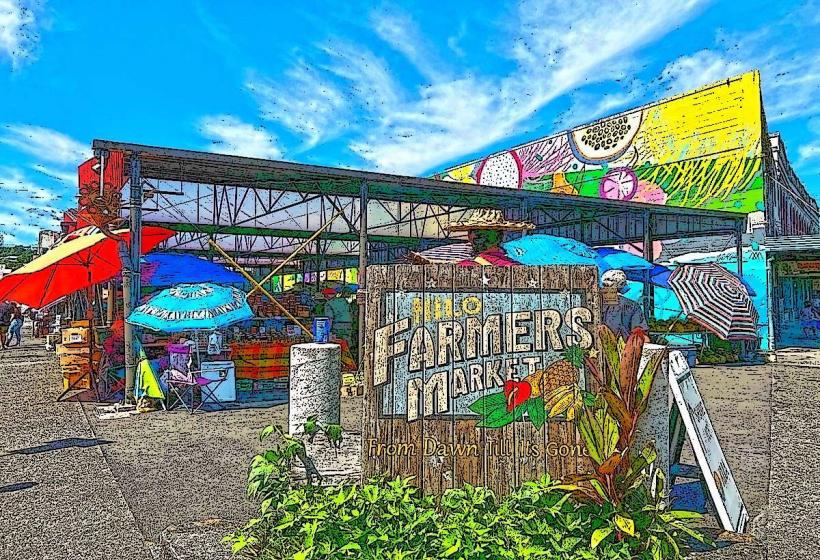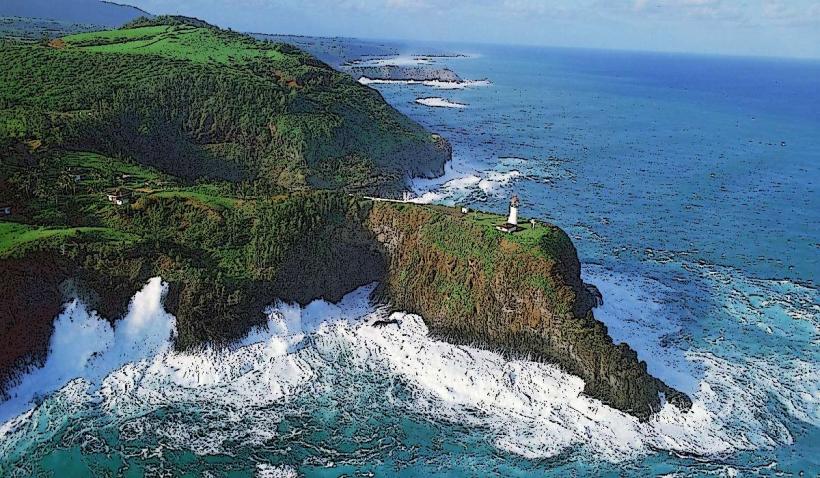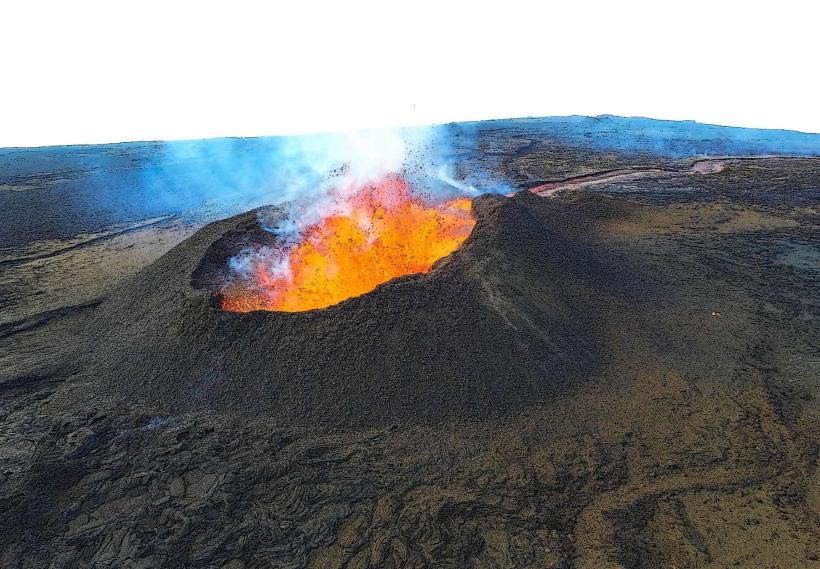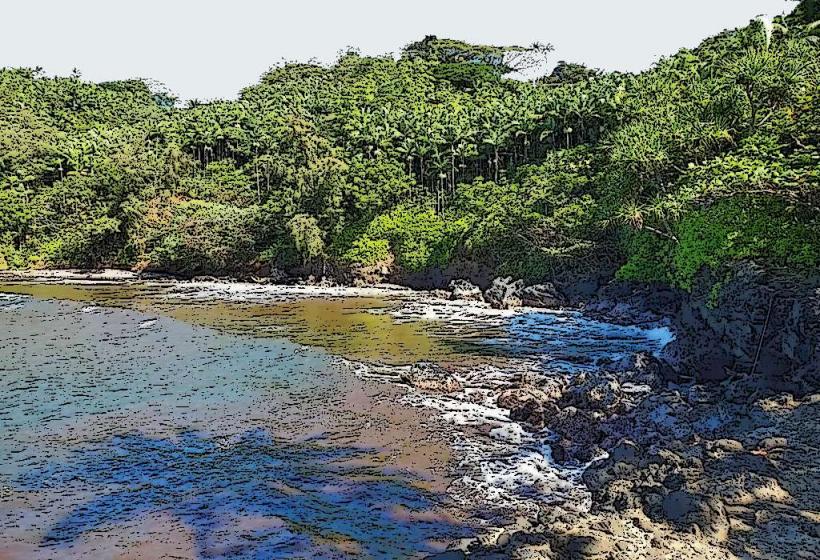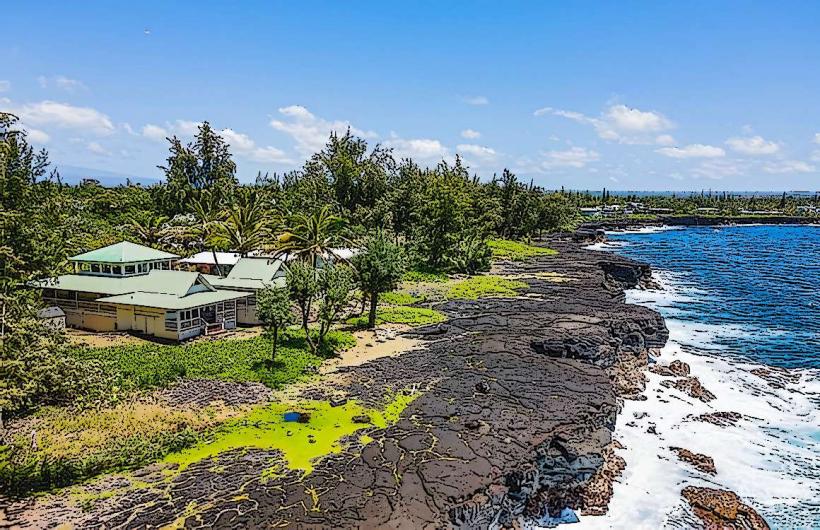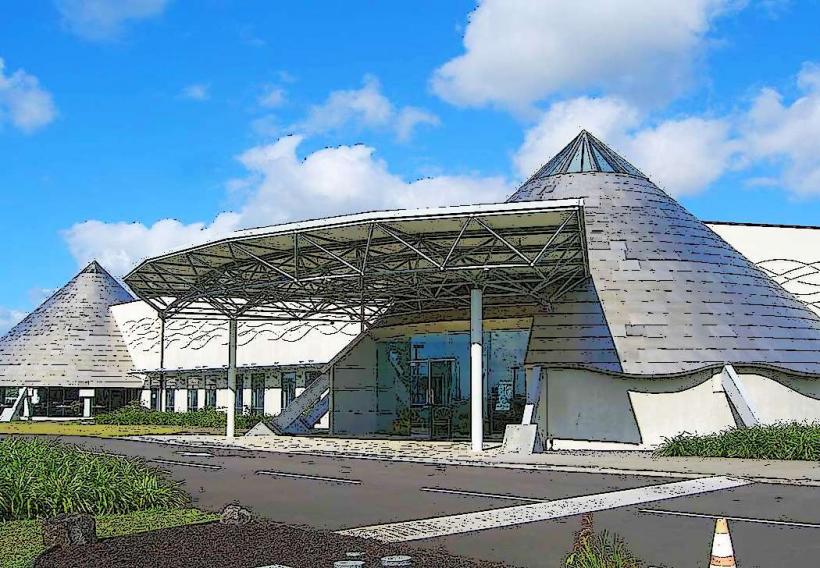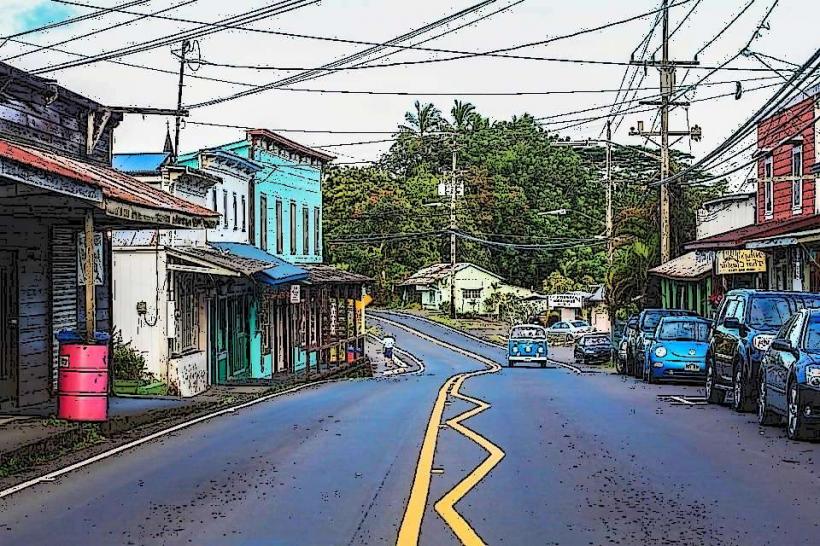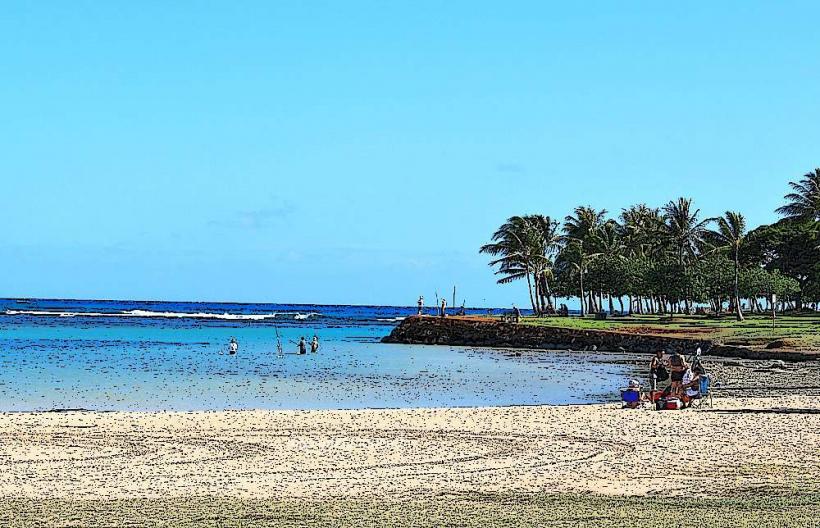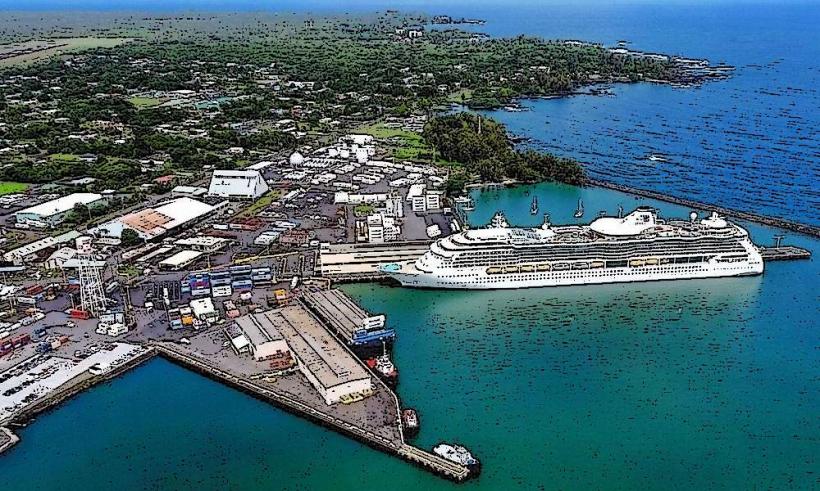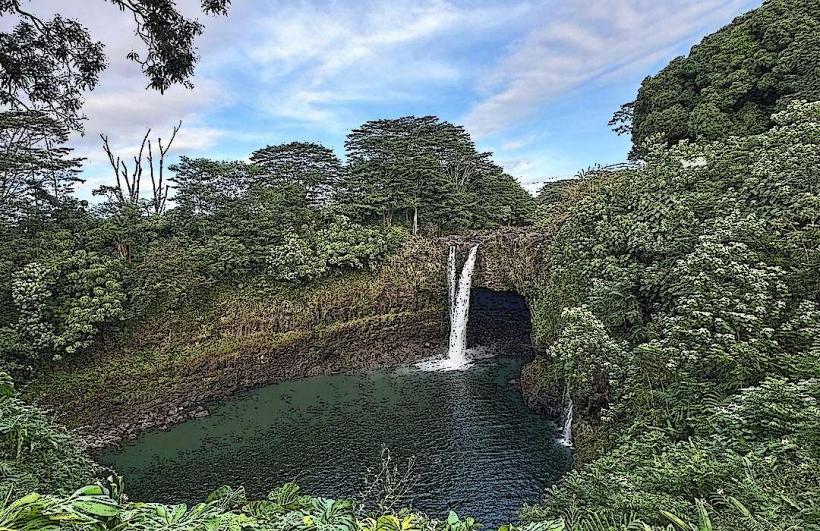Information
Landmark: Pacific Tsunami MuseumCity: Hilo
Country: USA Hawaii
Continent: North America
Pacific Tsunami Museum: A Detailed Guide
Location:
The Pacific Tsunami Museum is located in Hilo, on the Big Island of Hawaii, in the heart of the historic downtown area. It stands as a testament to the power and impact of tsunamis on the region and serves as a vital educational center for the public. The museum is situated near Hilo Bay, an area historically affected by tsunamis, offering visitors a deeper understanding of these natural disasters.
Why Pacific Tsunami Museum Is Special
The Pacific Tsunami Museum is dedicated to educating the public about tsunamis and their historical and ongoing impacts, especially in the Pacific Ocean region. It plays a crucial role in educating locals and visitors about the science of tsunamis, their destructive power, and how to prepare for future events. The museum’s exhibits focus on the cultural, environmental, and scientific aspects of tsunamis, with a particular focus on Hawaii’s experience with these devastating natural disasters.
Key Features of the Pacific Tsunami Museum
1. Historical Exhibits on Tsunamis
- Tsunami History and Impact:
- The museum provides a comprehensive look at the history of tsunamis in the Pacific Ocean, with a particular focus on Hawaii and the Big Island. One of the most prominent historical events discussed is the devastating 1960 Chilean tsunami, which caused significant damage to Hilo.
- Photographs and Artifacts:
- Visitors can explore a variety of historical photographs, artifacts, and memorabilia, showcasing the aftermath of major tsunamis that have struck Hawaii. These exhibits provide an emotional connection to the destructive power of tsunamis and their effect on local communities.
2. Tsunami Science and Education
- Tsunami Formation and Warning Systems:
- The museum’s exhibits explain the scientific principles behind tsunamis, including how they are generated by undersea earthquakes or volcanic eruptions. Information on early warning systems, tsunami evacuation procedures, and emergency preparedness are featured prominently.
- Interactive Learning:
- The museum includes interactive displays that help visitors understand how tsunamis form, travel across the ocean, and impact coastlines. Some exhibits feature models of tsunami waves, allowing visitors to visualize how tsunamis behave and why they are so destructive.
3. Personal Accounts and Stories
- Survivor Stories:
- One of the highlights of the Pacific Tsunami Museum is its collection of personal survivor accounts. These accounts, provided by individuals who have lived through tsunamis in Hawaii, offer a deeply personal and emotional perspective on the events.
- Oral Histories:
- The museum features oral histories from locals and survivors, providing firsthand testimonies about the experiences and hardships faced during major tsunami events. These stories help visitors understand the human toll of tsunamis and the resilience of the Hawaiian community.
4. Tsunami Preparedness Programs
- Emergency Preparedness:
- A key focus of the museum is tsunami preparedness. It offers valuable information on how to prepare for a tsunami, what to do before, during, and after an event, and how to stay safe. This includes practical advice on evacuation routes, emergency kits, and safety measures.
- Community Education:
- The Pacific Tsunami Museum provides resources to schools, local organizations, and residents to help them better understand tsunami risks and safety protocols. It also offers educational programs and workshops to further raise awareness about tsunami threats.
5. Cultural Impact of Tsunamis
Cultural Exhibits:
- The museum explores the cultural impact of tsunamis on the people of Hawaii, including the psychological and societal consequences of these disasters. It also addresses how the community has come together after major events to rebuild and recover.
Hawaiian Traditions:
- Tsunamis are deeply woven into Hawaiian history and culture. The museum highlights how ancient Hawaiians were affected by tsunamis and how their oral traditions, stories, and knowledge have passed down lessons of resilience and preparedness to future generations.
Things to Do at the Pacific Tsunami Museum
1. Explore the Exhibits
- The museum’s primary attraction is its extensive collection of exhibits, including historical photographs, artifacts, models, and interactive displays. Take time to read through the information and absorb the history and science behind tsunamis.
2. Learn About Tsunami Science
- The museum’s educational displays provide a deep dive into tsunami science, from how they form to how warning systems work. Visitors can engage with these exhibits to understand the forces of nature that create tsunamis and the technology used to predict them.
3. Listen to Survivor Stories
- If you’re interested in personal accounts, be sure to listen to the oral histories and survivor stories. These firsthand testimonies provide an intimate look at the human side of these natural disasters.
4. Attend Special Events and Lectures
- The Pacific Tsunami Museum occasionally hosts special events, lectures, and workshops that focus on tsunami preparedness, science, and history. These events are an excellent way to gain more in-depth knowledge about tsunami safety and the museum’s ongoing efforts in community education.
5. Learn About Evacuation Procedures
- Visitors can take advantage of the museum’s informative displays about tsunami evacuation routes and preparedness. This information is crucial for residents of Hawaii, especially those living in coastal areas.
Nearby Attractions
1. Liliuokalani Gardens
- Just a short distance from the Pacific Tsunami Museum is Liliuokalani Gardens, a tranquil Japanese garden located in the heart of Hilo. It’s a peaceful place to relax after visiting the museum, offering koi ponds, bridges, and lush tropical landscapes.
2. Rainbow Falls
- Located nearby, Rainbow Falls is one of Hawaii’s most famous waterfalls. It’s a stunning natural landmark where visitors can witness the beauty of the falls, especially when rainbows are formed in the mist on sunny mornings.
3. Hilo Farmers Market
- If you’re in the area, check out the Hilo Farmers Market for fresh produce, handmade goods, and unique local items. The market is open daily, with peak activity on Wednesdays and Saturdays, making it a great spot to immerse yourself in local culture.
4. Hawaii Volcanoes National Park
- A short drive from the museum, Hawaii Volcanoes National Park is a must-see for anyone interested in exploring the island’s volcanic history. The park features active volcanoes, steam vents, and numerous hiking trails.
Tips for Visiting the Pacific Tsunami Museum
Best Time to Visit:
- The museum is open year-round, but for a quieter experience, it’s best to visit earlier in the day. Weekdays typically offer fewer crowds, giving you more time to explore the exhibits.
Admission Fees:
- The museum offers affordable admission fees, with discounts for students and seniors. While the museum encourages donations, admission is generally inexpensive, making it an accessible stop for all visitors.
Allow Time for Reflection:
- Due to the emotionally impactful nature of the exhibits, it’s recommended to set aside time to reflect on the stories and history presented in the museum. The survivor stories and historical exhibits can be quite moving.
Interactive Displays:
- Take advantage of the interactive displays and models, which offer a fun and engaging way to learn about tsunami science, especially for families and children.
Why Visit the Pacific Tsunami Museum?
The Pacific Tsunami Museum is a unique and educational experience that offers visitors an in-depth look at the science, history, and human stories behind tsunamis. It’s not just a place to learn about past events, but also a center for educating the public on how to prepare for future tsunamis. The museum’s engaging exhibits, historical artifacts, and survivor stories provide a powerful reminder of the resilience of the people of Hawaii and the importance of tsunami preparedness. Whether you’re a local or a visitor, the Pacific Tsunami Museum offers valuable insights into the force of nature and the community’s response to natural disasters.

